Most places on the internet that I see give a schematic for an AND gate that is something like this:

simulate this circuit – Schematic created using CircuitLab
The only thing about this is that when B is turned on but not A, which should logically output false, it seems to be somewhere between it (this can easily be seen with an LED at the output: it isn't as bright as it is if both A and B are on, logically satisfying AND, but it still lights up).
I was messing around and came up with this idea for an AND logic gate which works a bit more correct and I have been using it recently:

Essentially what I came up with when building that is Input A is put through a NOT gate which is put into another NOT gate, but the Collector on the second NOT gate is only powered by Input B. Therefore, if Input B is off, no output to begin with, but if its on but A isn't, then the first NOT gate powers the base to the second, making B ground.
I like building this design better, and it works so far for me, but I was wondering:
How practical is this design (e.g. why haven't I seen it before; are there any flaws)?